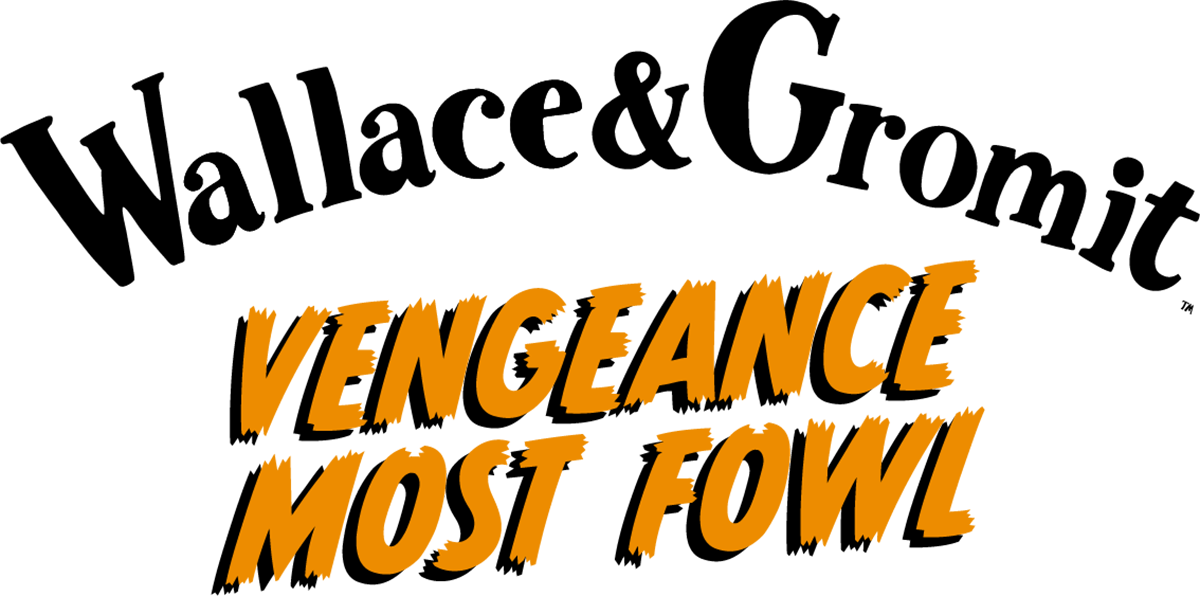Way back in 1989, Nick Park’s (“Chicken Run,” “Creature Comforts”) dynamic plasticine duo set the world on fire with some delightful antics in a search for cheese that took them all the way to the moon. Now, over thirty-five years and pounds of cheese later, crazed inventor Wallace and his silent and daring dog Gromit continue with their simple, extremely English adventures in their latest tale, their second feature-length film, and first direct sequel with a returning villainous force who’s seeking “Vengeance Most Fowl!”
The film follows Wallace, voiced by Ben Whitehead taking over from Peter Sallis after his death in 2017, and Gromit dealing with Wallace’s latest invention: an AI-powered robotic “smart gnome” device known as Norbot, voiced by Reece Shearsmith (“The League of Gentlemen,” “Psychoville”). As perturbed as Gromit is by the new robotic companion, things seem innocent enough, until Feathers McGraw, whom Wallace and Gromit previously foiled in 1993’s “The Wrong Trousers,” returns with the intention to use Norbot for revenge against the pair. Meanwhile, Police Chief Inspector Albert Mackintosh, voiced by Peter Kay (“24 Hour Party People,” “Wallace & Gromit: The Curse of the Were-Rabbit”), and the overly eager Police Constable Mukherjee, voiced by Lauren Patel (“Everybody's Talking About Jamie (2021)”), find themselves targeting Wallace and Gromit after a series of robberies seem to point to the elderly inventor as the culprit.
Directed by Park and Merlin Crossingham (“Morph”) and written by Park and Mark Burton (“Wallace & Gromit: The Curse of the Were-Rabbit,” “Shaun the Sheep: The Movie”), “Vengeance Most Fowl” absolutely recaptures the spirit and soul that has existed within this series for decades now. Despite only having a new adventure every so often, Wallace and Gromit feel like old friends. The warmth to Wallace’s voice, rendered expertly here by Whitehead, and house make it feel as though you’re not watching a film, but visiting an elderly relative: things are slightly kooky, but you still feel right at home. Gromit and Feathers are silent movie delights, with more emotion in their clay faces than most blockbuster actors today. Aardman really has nailed the look and feel of this kind of barely moving silent character, with Feathers in particular still managing to be a hilarious menace throughout, despite not even having eyebrows to emote with.
Given the Aardman has spent virtually their entire history crafting literal hand-made films, it's no surprise to see Wallace’s inventions, particularly the AI-powered Norbot, take a slightly different bend in our age of AI powered creative tools. Park and Burton don’t turn things into a full “Westworld” style experience, but more than ever before, they zero in on the harms this technology can cause. An early scene in Gromit’s garden is an exceptionally funny bit of visual humor but also works as an effective thesis statement for the film itself. Having all this communicated via characters molded from clay, with visible thumbprints on their heads, just reinforces the material far better than any digital techniques ever could.
The ever-so-slightly heavier material never distracts from the film's buckets of charm and humor though. The duo is as funny as ever, with gags ranging from slight blink-and-you'll-miss-it moments to extended bits of visual humor. The musical score from Lorne Balfe () and Julian Nott () keeps things lively and classic as well, and it all can feel like a tribute to the entire series. It not only draws things most centrally in on Wallace’s inventing but also contains characters from “Curse of the Were-Rabbit,” the aforementioned villain from “The Wrong Trousers,” and references to the other shorts as well. It feels like a swansong for the pair of besties in the best way possible.
The film is not without a few troubled spots though. For as effortless as the hand-molded animation and characters feel, it does mean that the handful of all digital elements, such as green-screened backgrounds and water, have an uncanny aspect to them. It’s as if, in this world of imperfect skin textures and details, they look too clean. While Mukherjee and Mackintosh are great additions, voiced wonderfully as well, they never capture the exact same charm or feeling as Wallace or Gromit do, leading their sections to feel like they’re the B team. Most uncannily though, despite the feature-length runtime, the grander scale, and return of Feathers, the film itself feels remarkably small in its scale.
It leaves things feeling a bit watered down, which is a shame as this does feel in many aspects like a last hurrah for the titular duo. Of course, as long as there are misadventures to be had, Wallace and Gromit could go on until the end of time. But if they don’t, despite a handful of small hiccups, “Vengeance Most Fowl” does feel like a swansong for the duo. It keeps all of the classic British humor and visual gags, while also bringing back their arguably most iconic foe, and wrapping it in a tale more relevant than anything they’ve done before, without losing an ounce of its charm. 4.5/5
.jpg)

No comments:
Post a Comment